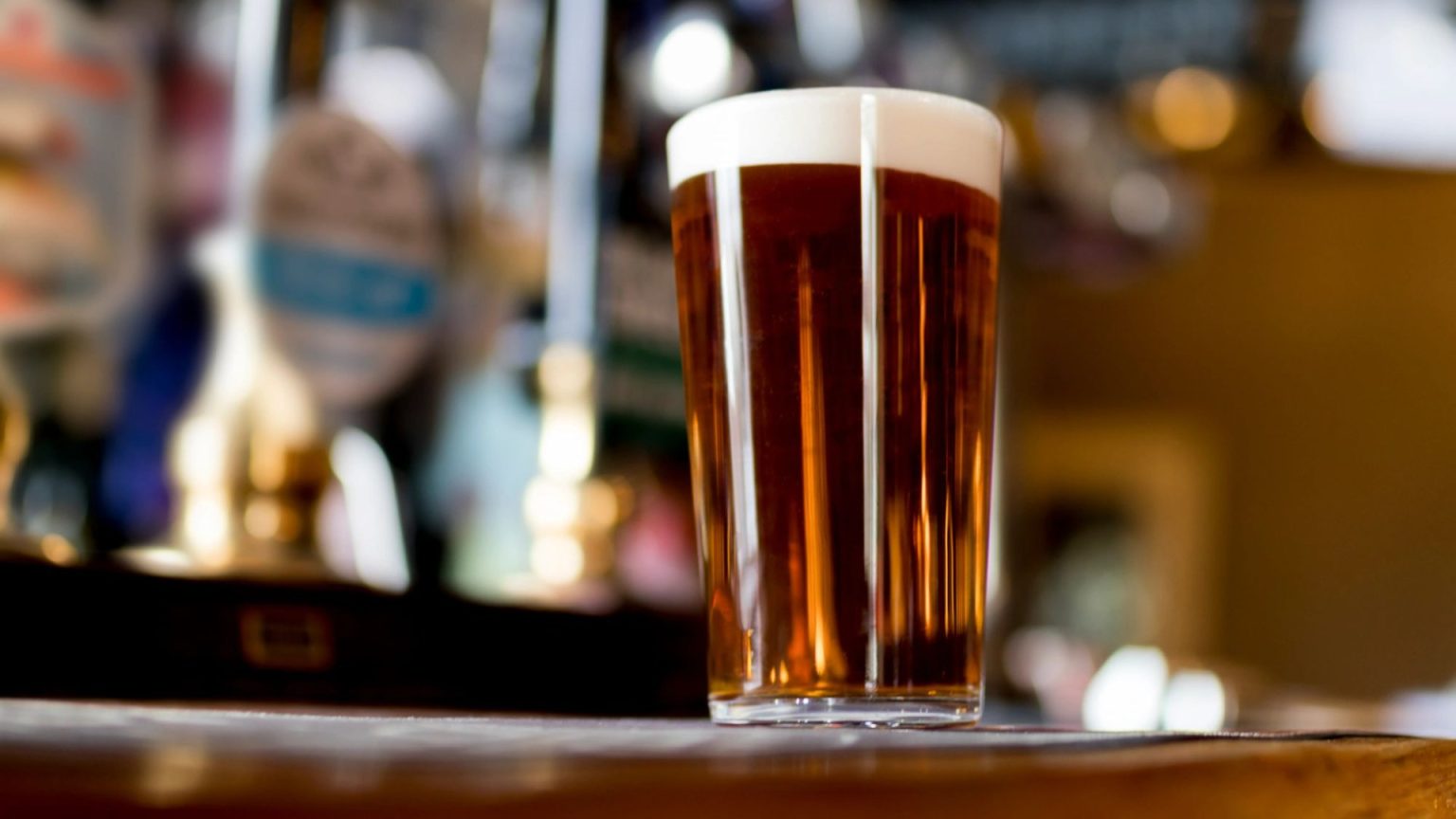Marble Brewery Reverses Course, Reinforces Customer Focus in ABV Decision
Marble Brewery, based in Salford, UK, has recently reinstated the original 3.9% alcohol by volume (ABV) of its popular ale, Pint, after a brief period at a reduced 3.4% ABV. This decision follows customer feedback expressing a preference for the original recipe, highlighting the brewery’s commitment to customer satisfaction and the importance of balancing financial considerations with consumer preferences. The initial ABV reduction was a direct response to new UK government duty legislation implemented in August 2022, aiming to mitigate the impact of increased alcohol duty on the brewery’s financial bottom line. While the 3.4% version maintained the same quality ingredients and brewing process, the brewery recognized the significance of respecting their loyal customers’ attachment to the original Pint flavor profile. This reversal underscores the crucial role of customer feedback in shaping business decisions, demonstrating a willingness to adapt and prioritize customer relationships. The reinstated 3.9% Pint is anticipated to reclaim its position as a highly regarded ale within the UK craft beer scene.
Government Duty Legislation Prompts Widespread ABV Adjustments in Alcoholic Beverage Industry
The August 2022 alcohol duty reform introduced by the UK government significantly impacted the alcoholic beverage industry, leading to a widespread trend of ABV reductions across various beer, cider, and wine brands. This legislative change, which resulted in the most substantial increase in alcohol duty in nearly five decades, motivated producers to explore strategies to minimize the financial burden of the increased taxes. The new duty structure implemented a tiered system, with varying rates based on alcohol content. This incentivized manufacturers to lower the ABV of their products to fall within lower duty brackets, thereby lessening the tax burden and maintaining competitive pricing. The government’s objective was likely multi-faceted, encompassing both revenue generation and public health goals. By increasing the cost of higher ABV beverages, the legislation potentially discourages excessive alcohol consumption while simultaneously bolstering government tax revenue.
Specific Examples of ABV Reductions Across Various Beverage Brands
The impact of the alcohol duty reform was evident in the adjustments made by numerous well-known beverage brands. Grolsch, a Dutch Pilsner, reduced its ABV from 4% to 3.4% in the UK market following a relaunch by Asahi in 2020. Similarly, Hophead, another popular beer, saw its ABV lowered from 3.8% to 3.4% to take advantage of the lower tax rate for beverages below 3.5% ABV. John Smith’s Extra Smooth, a top-selling bitter, also underwent an ABV reduction from 3.6% to 3.4% as a consequence of the new legislation. Kronenbourg, a French lager, experienced a slight ABV decrease from 5% to 4.6%. These examples demonstrate the pervasive influence of the duty changes on the alcoholic beverage market, compelling brands to adjust their product formulations to navigate the new tax landscape.
Wine Brands Also Affected by Duty Changes, Leading to ABV Reductions and Price Increases
The impact of the alcohol duty reform extended beyond the beer market, significantly affecting the wine industry as well. Several wine brands, including Blossom Hill and Hardys, lowered their ABV following the tax increases. Further analysis revealed similar reductions in other wine brands available in major supermarkets. For example, Taparoo Valley Australian Shiraz, sold by Tesco, saw its ABV decrease from 14% to 11%, accompanied by a slight price increase. Caparelli Italian Rose Blush, also sold by Tesco, experienced a similar ABV reduction from 12% to 11% alongside a more substantial price hike. Tesco Green Ginger Wine’s ABV was lowered from 15% to 11.5%, also with a price increase. These instances illustrate how the alcohol duty reform influenced both the composition and pricing of wine products within the UK market.
Government’s Tiered Duty System Incentives Lower ABV Beverages
The crux of the government’s alcohol duty reform lies in its tiered structure, wherein different duty rates apply to beverages based on their ABV. This tiered system creates a financial incentive for producers to lower the alcohol content of their products to qualify for lower duty rates. For instance, beers with an ABV between 1.3% and 3.4% incur a significantly lower duty per litre of pure alcohol compared to beers with an ABV between 3.5% and 8.4%. This disparity in duty rates encourages manufacturers to adjust their formulations to fall within the lower tax brackets, thereby mitigating the financial impact of the duty increases. This system, while potentially impacting consumer preferences for stronger beverages, aims to promote responsible alcohol consumption and generate increased government revenue.
Consumer Reactions and Potential Long-Term Effects of ABV Reductions
While the alcohol duty reform and subsequent ABV reductions may have achieved some of the government’s intended objectives, they have also elicited mixed reactions from consumers. Some drinkers expressed dissatisfaction with the altered taste profiles of their preferred beverages, leading to calls for manufacturers to restore original ABVs. The long-term effects of these ABV changes on consumer behavior and the alcoholic beverage market remain to be seen. Potential consequences could include a shift in consumer preferences towards lower ABV beverages, the emergence of new product innovations catering to this trend, and a continued focus on balancing product quality with cost considerations in the face of fluctuating tax policies. Ultimately, the market will likely adapt to the new regulatory landscape, shaping both producer strategies and consumer choices.


